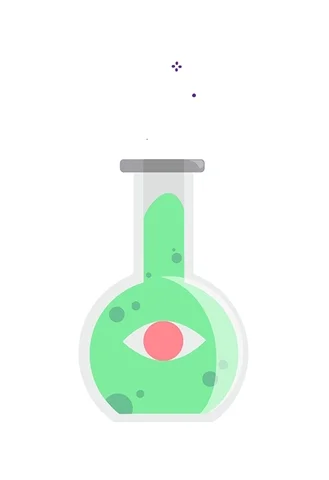

The solar systemKeywords (English): solar system – planets – sun – orbit – space
Sciences
The solar systemKeywords (English): solar system – planets – sun – orbit – space
Gravity between the sun, earth and moonKeywords (English): gravity – sun – Earth – moon – orbital mo......
Science
Gravity between the sun, earth and moonKeywords (English): gravity – sun – Earth – moon – orbital motion
The water cycleKeywords (English): water cycle – evaporation – condensation – precipitation
Science
The water cycleKeywords (English): water cycle – evaporation – condensation – precipitation
Investigate the movement of the sun using the shadowKeywords (English): sun movement – shadow tracki......
Science
Investigate the movement of the sun using the shadowKeywords (English): sun movement – shadow tracking – time – direction
What is the reason for the occurrence of night and day?day and night – Earth’s rotation – sun – shad......
Science
What is the reason for the occurrence of night and day?day and night – Earth’s rotation – sun – shadow – time
How does the angle of inclination of sunlight affect temperatures?sunlight angle – solar incidence –......
Science
How does the angle of inclination of sunlight affect temperatures?sunlight angle – solar incidence – temperature – absorption – seasons
How raindrops are formedKeywords (English): rain formation – condensation – clouds – water cycle
Science
How raindrops are formedKeywords (English): rain formation – condensation – clouds – water cycle
Keywords: Orbits – Planets – Moons – Gravity – Solar system
Physics
Keywords: Orbits – Planets – Moons – Gravity – Solar system
States and properties of matter
Keywords: Water cycle model – Evaporation – Condensation – Precipitation – Model
States and properties of matter
Keywords: Water cycle model – Evaporation – Condensation – Precipitation – Model